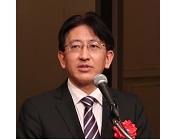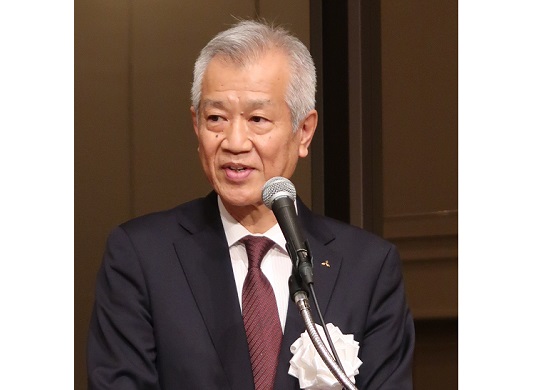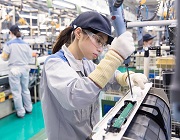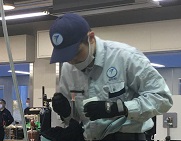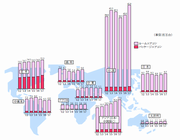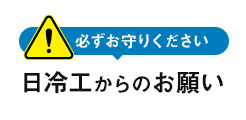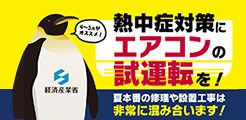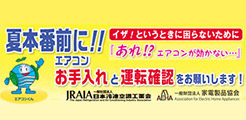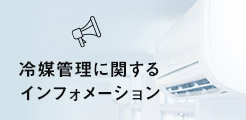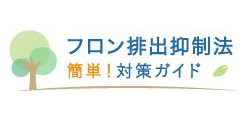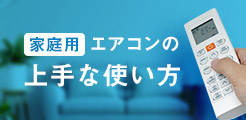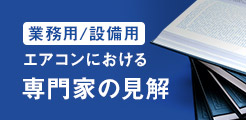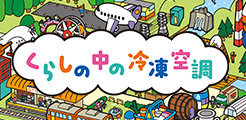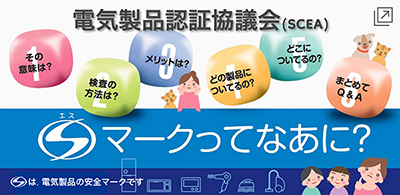2022年1月7日、品川御殿山マリオットホテルにて当工業会の賀詞交歓会が開催されました。以下に経済産業省製造産業局産業機械課長 安田氏のご挨拶を掲載し
Joining the Japanese workforce: Beginning my career abroad
- Jordan White, Daikin Industries,Ltd. -
No.681 2022年1月
The following is a report on life in Japan by a JRAIA member company's staff working in Japan.
1. From California, to Tokyo, to Osaka
During my final year of undergrad in the U.S., after realizing I had not yet studied abroad, I decided to apply for graduate school overseas. I studied international agriculture in Tokyo for over 5 years until I joined Daikin amid the pandemic in spring 2021. And after half a year of Japanese-style new hire training curriculum, I am now happily working in environmental advocacy with ASEAN countries at our HQ in Osaka. While job hunting in Japan, I sometimes wonder why I had such a positive reaction to Daikin compared to other companies, and I think a major factor is the fact that Daikin is not just a Japanese company, it is an Osaka-based company. While I’ve already lived in Japan for several years, Osaka is a whole new experience for me.

Image 1. Map of Japan with its 2 major cities: Tokyo and Osaka
(Map from Wikipedia Commons, text added by me)
2. Intranational Culture Shock
I have noticed many fellow foreigners living in Tokyo begin explanations with “In Japan–,” but often the experiences they are describing are Tokyo-exclusive. After living in Tokyo for over 5 years, there were some immediate differences I sensed after moving to Osaka.

Photo 2. View from HQ, with Daikin’s mascot “Pichon-kun”
overlooking the city
Osaka is friendly
To be very honest, in Tokyo I struggled with communication. Not because I couldn’t speak Japanese (I can!), but because people would often (seemingly involuntarily) refuse to speak Japanese to me. While of course there are many friendly and helpful people in Tokyo, I found it’s common that people in Tokyo overthink their interactions with foreign people. Regardless if I speak Japanese or not, many people seem to choke up under the pressure of becoming a self-appointed representative Japan.
Osaka people, on the other hand, have no problem treating me like a regular human! It was so refreshing to be taken at more than face value, I immediately felt at home after arriving. If I talk to someone, they tend to respond without hesitation. It sounds so simple, but I think it is the most meaningful difference for me since moving to the Kansai region. One of my first Osaka memories was visiting a supermarket with a few of my Japanese coworkers, and an elderly woman working at the cash register chose to speak with me of all people (“Having a picnic?”), and the simple small talk made my day.
Osaka is louder!
From my Tokyo days, one fond memory I have was going to an Ed Sheeran concert at the Tokyo Dome. He asked the 55,000 attendees to do the one thing that only Japanese people could ever accomplish at a live music event – complete silence. And it was a success, for 1 minute straight not a sound was heard across the stadium. Could this be achieved in Osaka? Honestly probably, but compared to Tokyo, Osaka has a contagious upbeat energy. Both verbally and visually, the city is louder.
The visual noise itself makes Osaka a popular tourist destination. Namba District—the part of Osaka renowned for its iconic Glico signboard—is a classic example of an area for its boisterous, uniquely Osaka-esque style. Its downtown Dōtonbori is littered with bright neon signs and large, flashy landmarks such as its famous, giant, mechanized crab monument.
Recently, the question I get asked the most is if I’m used to Kansai-ben, referring to a group of dialects belonging to Osaka and its surrounding cities. Compared to the typewriter-sounding standard Tokyo dialect, the Osaka dialect is more rhythmic, with rougher grammar and slang. It seems the dialect reflects the culture, and I’ve found it easy to end up in animated conversations with strangers. I’m in love with how Osaka people laugh more openly and speak without hesitation. People are good at playing off each other in conversation, and I often feel like I’m participating in an improv comedy skit. While sometimes I felt my friendly personality was “too much” in Tokyo, I feel like I fit in quite comfortably over here.

Photo 3. Nighttime in Dōtonbori1 ①: posing with a certain famous crab

Photo 4. Nighttime in Dōtonbori ②: Yukata stroll along the river on the evening of Tanabata(Japan’s star festival)
3. Japanese “Job hunting life”
In my final year of my doctoral course, I decided to try my shot at Japanese shuukatsu, which roughly translates to “job hunting life,” in which students usually begin a year in advance of finishing school so they may immediately start working the April after graduation. Instead of preparing a typical resume or CV to show potential employers, I was writing shuukatsu-style ES (“entry sheets”), in which I shared not only my skills and experience, but also my hobbies and special personality traits. This may seem a bit intrusive to many non-Japanese professionals, but I’ve noticed that Japanese companies tend to look towards the future potential of a candidate rather than solely what they’ve already accomplished.
While there are of course stereotypes for what to expect from most Japanese companies during the job hunting experience, there are of course many exceptions as well. During my shuukatsu, I discovered that you could learn a lot about a company based on what they information they request from candidates. Many companies have nearly identical application forms, asking for your “self-promotion” in which you pitch yourself in 100 words or less, followed by your strengths, weaknesses, and other vague prompts. However, in Daikin’s case, what struck me was how thoughtfully devised the application contents were. The list of questions was brief and specific, allowing applicants a chance to illustrate their individual thought process. While the Japanese job hunting experience is often generalized (and to some degree exaggerated), each company has its own style for hiring new talent.
Fortunately for me, I felt a good first connection with Daikin and received an offer early in the shuukatsu season, which was a great mental boost for surviving the rest of the year.
4. Joining a Japanese manufacturing company
Entry & training
I promptly joined Daikin on April 1st, which is customary for most Japanese companies. In celebration of new recruits, the first day of work is a ceremony with catered food and entertainment from featured employees. From day two onwards, the training period begins. From here on, I can only share my own experience from being with Daikin. Initially we take part in general training because work assignments have not been decided yet—that happens at the end of the first two months. This means that in Japanese companies, most new recruits are hired on the premise that they will not know what work they will do (nor where) until some point after officially joining the company. For me, the initial training period felt like a surprise continuation of student life. I could learn about the company through lectures and group projects, all while living in a company-provided dormitory. And much like university, perhaps the most critical task during this period is getting to know the other recruits, who are your same-year-mates (douki). At the end of general training, work assignments are announced in a ceremony. In front of an audience, each employee’s name is called and then followed by their assignment. In my experience, it felt like I was wearing the sorting hat from Harry Potter. Following the announcement, the second wave of training begins, with the contents varying according to each assignment. As my assignment was Global Operations, you may expect that the rest of my training took place in my new office, but the reality was quite different.

Photo 5. First day of work!
“Maker” initiation
In Japanese, manufacturing companies refer to themselves as “makers” (me-ka-), to emphasize the creation aspect of the industry. For white-collar workers, it may be easy to sometimes forget about the production-side of the business, but not in Japan. Almost every Japanese manufacturer requires new recruits, regardless of what they are hired for, to have a first-hand experience in manufacturing products. In my case, I spent 6 weeks at a factory in the countryside working on a production line. Wearing the official factory cap and uniform, every morning we warmed up with classic rajio taiso (“radio calisthenics”) stretches, followed by a full day of labor. While physically demanding, it was certainly eye-opening. No one is “too good” for hard work, and there is a lot to be learned through direct experience. Many Japanese manufacturers highly value giving their employees this hands-on experience, so that once they are back in the office they may act with a well-rounded perspective of the manufacturing business.

Photo 6. Factory employee on the production line




